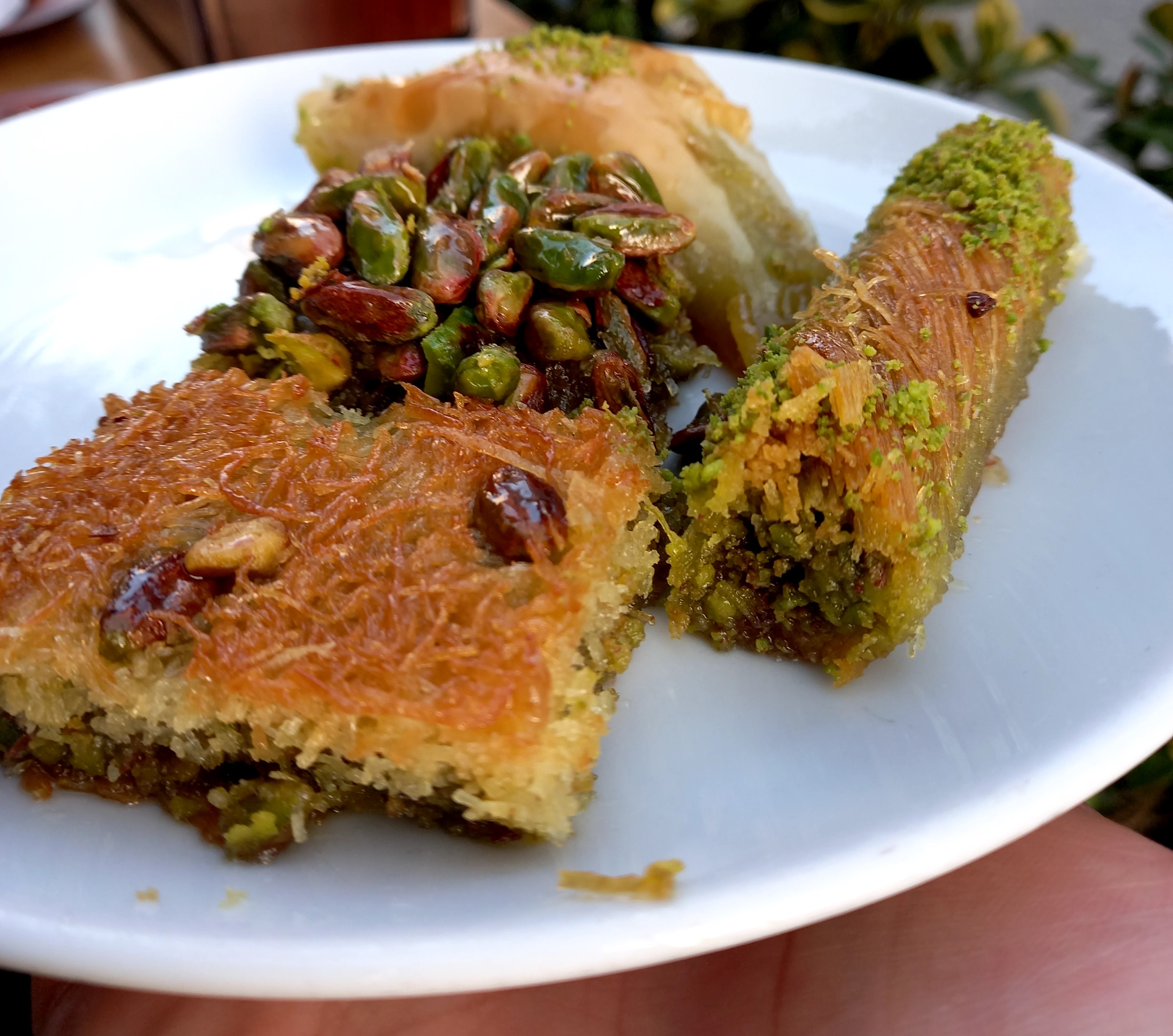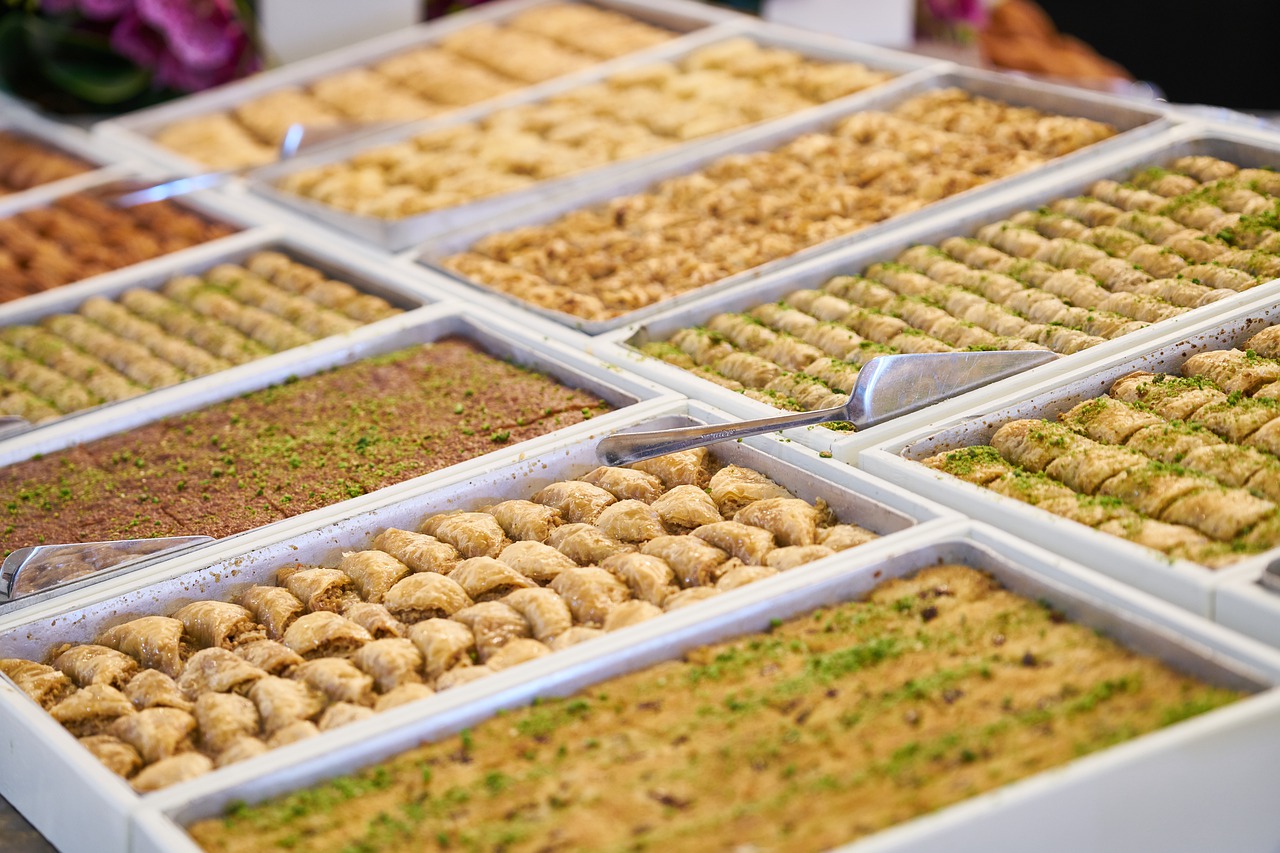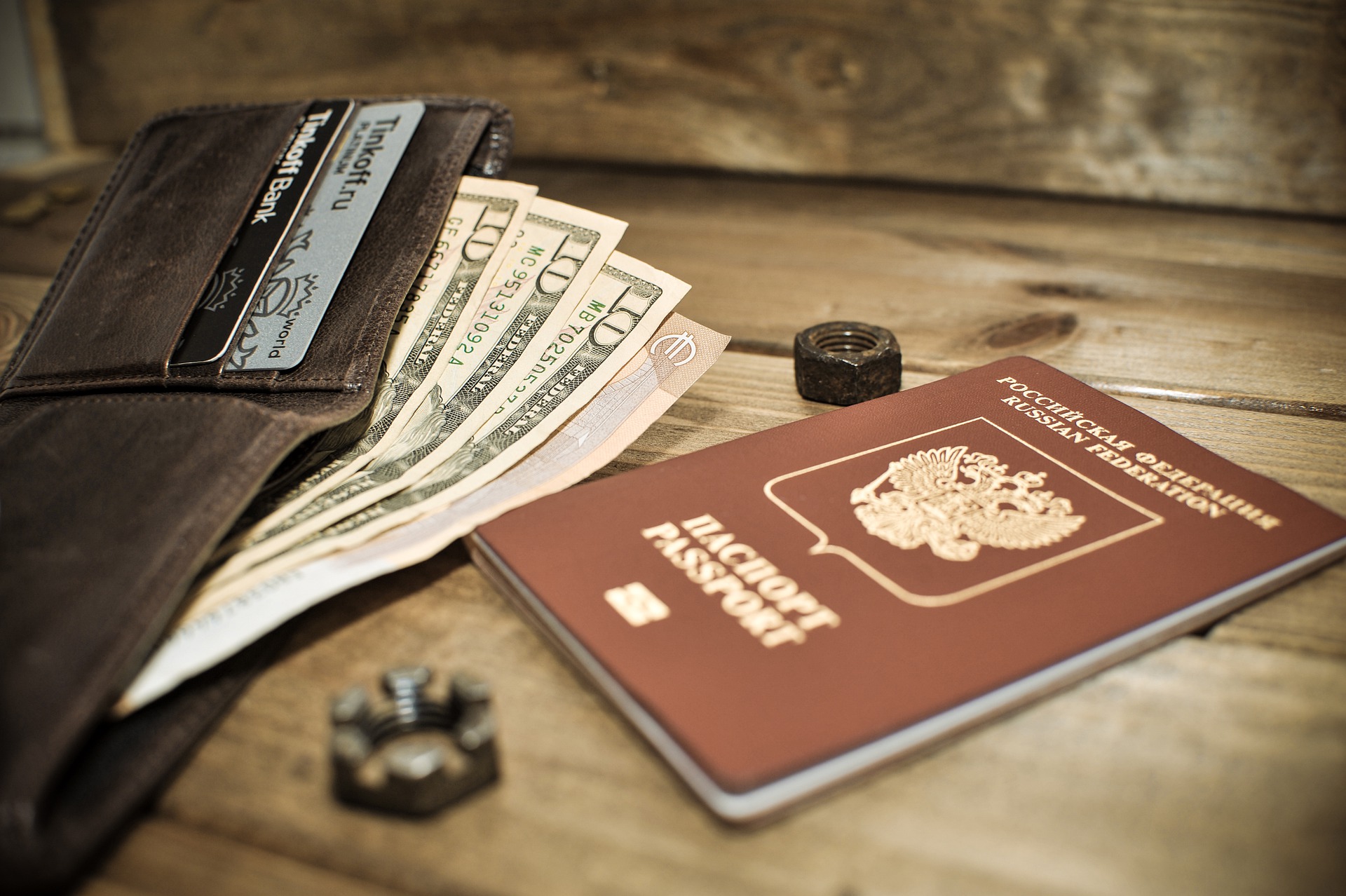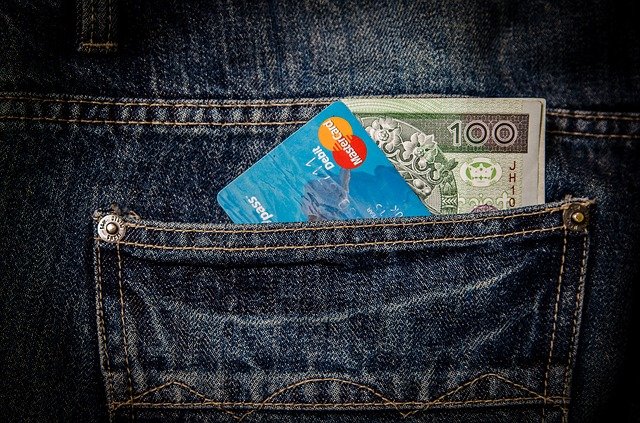Turkish sweets by another name
I feel like it’s easy to walk into a Turkish, Arabic, Greek, or otherwise, sweet bakery and assume that everything sort of falls under a baklava umbrella. Who can blame that way of thinking? It’s not like people bake all these varieties of baklava and still have time and space for other things? Well, actually yes they do. Baklava is just the tip of the iceberg when it comes to your regional desserts, and I’d like to cover some other sweets you might find along your journey.
Kadayif

You’re going to find this dessert everywhere, so you might as well know what it’s called and how to order it. Kadayif is similar to baklava in that it is a layered dessert. It has nuts, sugar syrup, and is commonly served as a slice but can take many shapes and forms.
The dessert gets its name from the aforementioned Kadayif dough. The filo pastry dough is finely shredded up and looks like vermicelli noodles. These noodles are then packed into a cooking tray to form the base of the dessert. After that, add your choice of nuts (powdered or whole) all over the base, before completing the tray with another layer of tightly packed kadayif. This tray then goes in the oven to bake, and afterwards gets the same sugar syrup bath that baklava does. You can request them in slices or pieces depending on how it’s presented. Eat them as is or with some kaymak.
Fıstıklı sarma / Pistachio sarma or wraps

Sarma is another iconic food present in both Turkey as well as surrounding countries. It’s a log shaped variant of a stuffed grape leaf appetiser; typically rice, bulgur, or meat, are all wrapped up in these leaves. Inspired by this, the sweet variety replaces the green colour of the grape leaves with, you guessed it, pistachios.
Ground pistachio is rolled up in a layer of filo pastry so that it resembles the original sarma. It’s then put into a cooking tray, baked and then given the same sugar treatment we’ve come to expect from these kinds of desserts. The result is a naturally green wrap of nutty goodness.
Muska
Muska means amulet or charm in Turkish, these triangular desserts were probably based off ornaments and jewellery from ages long gone. There are muska varieties of baklava but that’s not what I’m talking about today.
There’s a dessert that the Turks call pestil. A good English equivalent for the word would be ‘fruit leather’. It is made up of pulverised fruits (commonly grapes, but the options are endless) and then rolled out. It reminds me of fruit ‘roll ups’ from my childhood. If you thought that the pestil looks a little like a filo pastry, you’ve figured out the next part.
Rather than eat the pestil by itself, why not roll it up into a muska shape and fill it with, correct again, pistachio paste! This takes a familiar concept with ingredients we’ve already encountered, but creates something with a completely unique colour, texture, and taste.
Bohça
A bohça in Turkish is anything like a packet or suitcase. In Turkish tradition, newly married couples will gift each other a bohça. Inside are all the things they need for their new life together; clothes, bedding, shoes, jewellery. So take that same concept of a small little packet with something amazing inside and apply it to desserts! Bohça is a wide enough concept that can be applied to all the previous mentioned desserts.
- You can enjoy a neat little packet of wrapped up baklava.
- A Kadayıf bohça with a helping of cream in the middle.
- Even the Turkish delights or lokum, which we didn’t get to cover in this post, can be wrapped up into a bohça with cream and nuts in the middle.
Useful phrases and words when you’re buying baklava
Let’s assume you’re looking at the labels in a baklava shop, or you need to make an order, here are a few words that might help make things easier. Obviously, this is only within the Turkish speaking context, in the future this section might grow depending on my travels throughout the “Baklava World”.
- Karışık – A mix. Probably the most important word when the baklava selection gets a bit too much. Just ask for a box, then for a karışık, after that the baker or person serving you will know what to do from there.
- Kutu – A box. In line with the previous instructions, you might need to ask for one of these to put your mix of layered goods.
- -li – Because Turkish is such a suffix heavy language here’s a suffix that you will find very helpful when talking about flavours and ingredients. Adding -li to a noun will help you know what is inside your baklava, or “what it comes with”. Cevizli is with walnuts, Fıstıklı is with pistachios, and Sütlü is with milk.
My favourite places

So, if this article is supposed to take the confusion out of ordering baklava, surely there has to be a section about where to get the best baklava. This is the other part of this article that I hope will grow as I continue my adventures around Turkey. At this point in time, dine-in places in Turkey are not a thing but almost all the bakeries are still open, providing sweet service to the locals. In the future, this section might even spawn further articles, depending on how widely I travel. Also I will be open to recommendations from readers, if you think there’s somewhere I just have to check out.
Istiklal Street
This place is accessible and well known to most tourists. Actually I would highly recommend a walk starting at Taksim station all the way through this iconic shopping street. Along here you will find such names as Mado, Hakkı Zade, Saray Muhallebicisi, and Hafiz Mustafa. Essentially all the big names and brands when it comes to anything Turkish sweets. You’ll also find a lot of other smaller boutique names too. The great thing about Istiklal is many of these shops have great terrace cafes or eateries to enjoy your choice of baklava.
Karaköy Güllüoğlu
This is one of the most famous baklava and sweet bakeries. We initially found out about this place from another travel Turkey YouTuber, we made sure to visit within our first weeks here. The place is big, spacious, and elegant, you can order all kinds of things in bulk or to dine, they even do delivery via their website here. You will find it situated in the Karaköy region on the European side of Istanbul. It’s close by a tram station, ferry port, and a short walk away from Galata Tower.
Koleti
Koleti is a more local bakery that serves all kinds of baked goods. Cakes, fresh bread, and of course, baklava! The two locations are on the Asian side of Istanbul; one in Üsküdar and the other in Umraniye. Of the two, Üsküdar is much more reachable for tourists, and you can include it in your itinerary if you plan to catch the ferry across the continents.
Dedeoğlu Baklavaları Gedikpaşa
I found this last place completely by accident when exploring the backstreets of Beyazıt with a friend. If you’d like to learn a little more about what to do in Beyazıt follow the link here. The small, chic, black building stands out amongst the rest of the buildings in the area. I most likely would never have found this place otherwise. However, even as we entered there was someone ordering baklava by the kilo to be sent to his hotel. I think if you know, you know. There’s sitting space both inside and upstairs.
That’ll just about do it for this guide on everything baklava, mostly concentrated in Istanbul. That’s the important thing. As I’ve mentioned I intend for this article to be dynamic, it could change as I taste more obscure varieties, as I travel around and outside of Istanbul, and with your recommendations. Let’s get the sweet conversation started!


